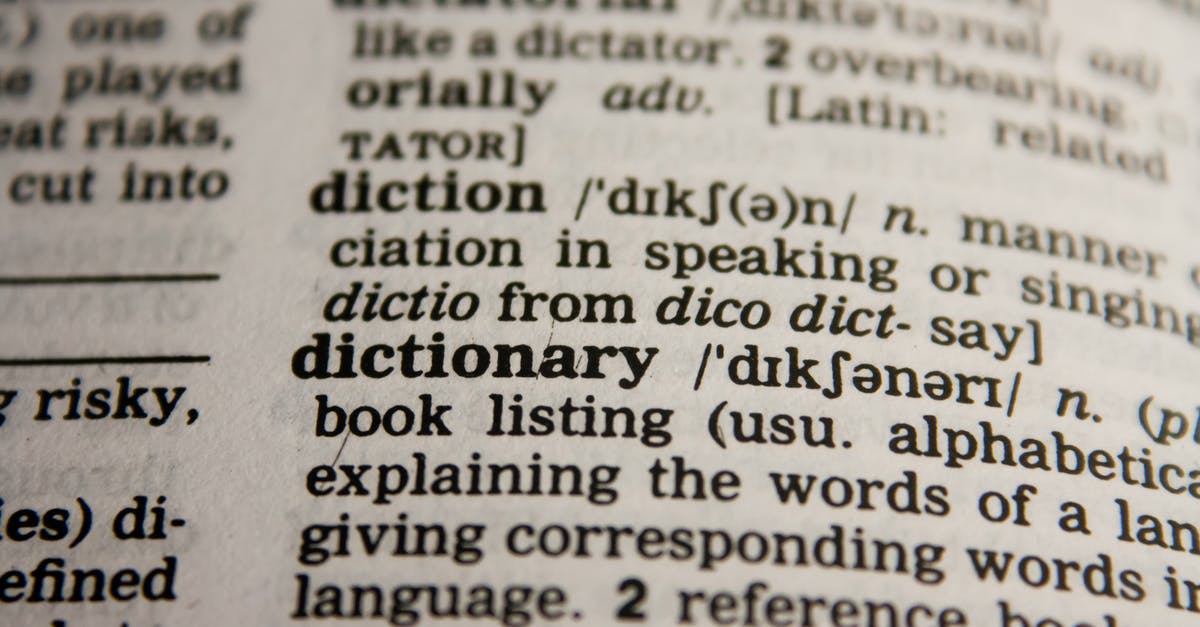What’s the definition of “cultured butter”?

In my search for cultured butter I found butter that lists
culture distillate or lactic acid
as ingredients. Should these butters be considered cultured, even though the package nowhere actually says “cultured”?
Best Answer
We're not all going to agree on a definition of cultured butter, so these answers are going to be subjective.
Culture distillate (https://www.accessdata.fda.gov/scripts/cdrh/cfdocs/cfcfr/CFRSearch.cfm?fr=184.1848) and lactic acid are both used for flavoring. Is cultured butter butter that tastes a certain way, or butter that's been prepared a certain way?
How about a more common food: would you call it smoked salmon if it hadn't really been smoked, but only flavored with liquid smoke? There are reasonable arguments on both sides. Perhaps you consider smoked salmon to be a dish made with salmon that tastes smokey, regardless of how it's prepared. Perhaps you consider smoked salmon to be salmon that has been smoked, and you aren't really concerned with how it tastes.
Personally, I like to know what I'm eating (not just the flavor of what I'm eating). Calling something cultured butter suggests something about how it was made (fermented with live bacteria cultures), so calling cultured-flavored-butter "cultured" seems a bit dishonest for my taste.
Pictures about "What’s the definition of “cultured butter”?"



More answers regarding what’s the definition of “cultured butter”?
Answer 2
clover sonoma did answer me:"Our butters do not have added cultures. Adding the lactic acid (which itself is a product of fermentation) mimics the fermented flavors that culturing does. So it is closer to a cultured butter in flavor (as opposed to a sweet cream unsalted butter) but is not an authentic 'cultured butter." although they didnt address the "culture distillate" ingredient that is on the label its safe to just assume it doesnt make it cultured.
no wonder i liked the kerrygold unsweetened butter wrapped in gold foil! its only ingredient is "CULTURED PASTEURIZED CREAM".
Sources: Stack Exchange - This article follows the attribution requirements of Stack Exchange and is licensed under CC BY-SA 3.0.
Images: RF._.studio, Pixabay, Hiyang Prem, Pixabay
